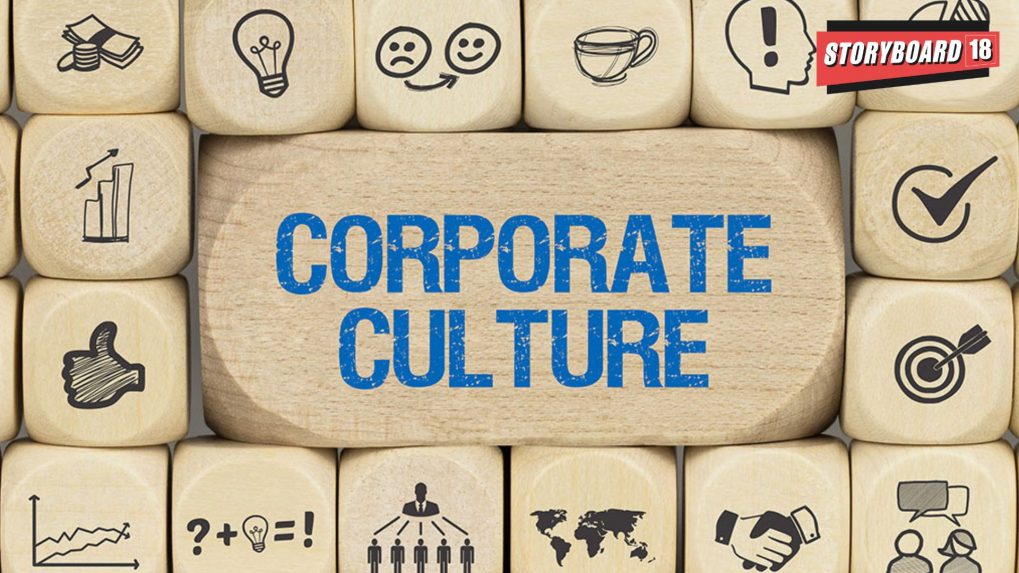Advertising
From Pink Slips to Silent Sidelining: Inside adland’s layoff and anxiety crisis

The quality of a brand’s communication ultimately reflects the culture of the company that creates it.
Advertising has always been more than persuasion. It is a mirror of how companies think, what they believe, and how much imagination they can bear. The campaigns that endure are not merely clever but cultural artefacts born of conviction.
That said, conviction is a function of culture. You cannot have brave advertising inside a timid organisation.
In an era that fetishises innovation, it is remarkable how few organisations actually tolerate it. Most corporations now operate with layers of analytics, procurement oversight, and risk filters that make creativity a managed process rather than a living one.
The irony is that the more systems are designed to ensure success, the less they leave room for surprise. Creativity, by nature, resists process. When it is forced into conformity, it stops being creative and starts being compliant.
The relationship between corporate culture and creativity has always been uneasy. There is a wonderful book by Randall Rothenberg, “Where the Suckers Moon”, a chronicle of Subaru’s doomed campaign with Wieden+Kennedy in the 1990s. It remains a haunting parable.
The agency saw advertising as storytelling whereas the client saw it as quarterly insurance. Both were right in their own way, but the distance between belief and bureaucracy proved fatal.
The lesson has not aged namely that when creativity and control collide, control usually wins, but both lose meaning.
Today, this tension is playing out on a larger canvas. Brands want to act with purpose, empathy, and authenticity, but their internal ecosystems are optimised for efficiency, not expression.
Algorithmic targeting has replaced intuition and predictive analytics has replaced cultural insight. The marketer’s world has never been more measurable, yet it has rarely felt less human.
The real work of modern marketing leadership is not campaign management but cultural stewardship. The best CMOs act as translators between creativity and commerce, protecting the conditions under which originality can survive.
They know that creativity does not thrive on chaos but on trust. When leadership trusts its creative partners, the results transcend the brief.
When it doesn’t, everything sounds like everything else.
Some of the world’s most resonant brands understand this. Nike’s enduring voice of defiance, Apple’s quiet confidence, Dove’s dignity and restraint all spring from cultures that are emotionally clear about who they are. These companies/brands do not outsource meaning.
They work with agencies and creators, but the tone of belief is internal. That tone cannot be copied but only be cultivated.
In India Inc, as marketing budgets migrate from broadcast storytelling to digital performance, the risk is not inefficiency but amnesia.
The more communication becomes transactional, the less it builds memory, myth, or meaning. Data can optimise delivery but not desire. Brands that forget this will find themselves efficient but forgettable.
Ultimately, advertising development and corporate culture are reflections of one another. A brand’s public imagination is constrained by its private fears.
A company that treats communication as cost will always sound cautious; one that treats it as culture will sound alive.
The enduring paradox of modern business is that every company wants breakthrough ideas but few want the emotional disorder that precedes them.
That is why Randall Rothenberg’s book still matters not as campaign history or nostalgia, but as warning.
The greatest barrier to creativity has never been the consumer.
It is the corporation’s own immune system. And in an age where algorithms rule attention, the brands that will endure are those that still believe in imagination.
Shubhranshu Singh is a business leader, cultural strategist and columnist. He was honoured as one of the 50 most influential global CMOs for 2025 by Forbes. He serves as the APAC representative on the EffieLIONS foundation board.
From purpose-driven work and narrative-rich brand films to AI-enabled ideas and creator-led collaborations, the awards reflect the full spectrum of modern creativity.
Read MoreLooking ahead to the close of 2025 and into 2026, Sorrell sees technology platforms as the clear winners. He described them as “nation states in their own right”, with market capitalisations that exceed the GDPs of many countries.